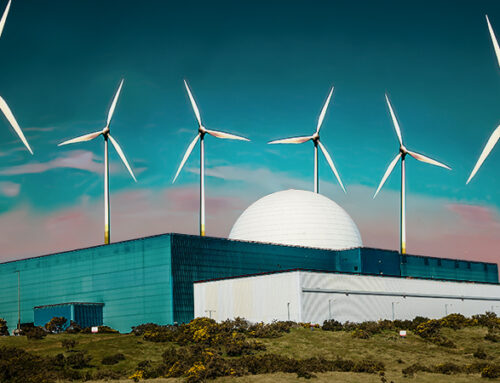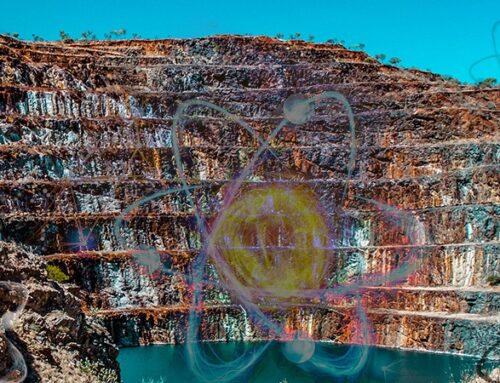The past couple of weeks have seen a stream of news on the topic of nuclear power. In this post I will outline the key developments and what they mean for the GB power market.
Hinkley Point construction moves to its next phase, but Flamanville outcome still unclear
This week has seen the first concrete being poured at the HPC site in Somerset – Britain’s first new power plant in 20 years. Some 1,600 workers are now on site working on the £18 billion European Pressurised Reactor (EPR) project, which is due to begin operations in 2025, and is expected to provide around 7% of the country’s power. While this milestone may seem like positive news, the ongoing issues arising from the forging scandal at Areva, impacting EDF’s French plants including the much delayed Flamanville 3 project are yet to be resolved.
This matters because unless Flamanville is operational by the end of 2020, the UK Government guarantees that underpin the HPC project will expire. The French nuclear regulator is yet to rule on whether the pressure vessel installed at the new Flamanville plant can be authorised, or whether it will need to be replaced – the process being delayed by the need to inspect all of EDF’s in-service plant, which has only recently been completed.
Mixed news for the Moorside project…
At the end of March, the Government approved the designs for the Westinghouse AP1000 reactor proposed for the new 3.8 GW Moorside power station close to Sellafield in Cumbria. Although the design approval is an important step, it is unclear whether the indicative commissioning date of 2025 is realistic or even if the project will go ahead at all given recent news surrounding the project sponsors.
Moorisde is being developed by NuGen, a joint venture between Toshiba and Engie, however, it has just been announced that Toshiba is to buy out Engie’s 40% stake in the venture. At the same time, Toshiba’s US nuclear subsidiary, Westinghouse, has just filed for Chapter 11 bankruptcy protection following major cost over-runs at a number of projects. It is reported that NuGen will be sold as Toshiba’s CEO is keen to withdraw from its oversees nuclear business to avoid further losses. There is some speculation that Korea Electric Power Company (Kepco) may step in to support the project.
…while Horizon’s Anglesey project moves (a little) closer
Horizon Nuclear Power, another Japanese-backed developer, has applied for has applied to the Office for Nuclear Regulation (ONR) for a nuclear site license for the Wylfa Newydd project it is developing on the Isle of Anglesey in North Wales. Horizon plans to develop up to 5.4 GW new nuclear capacity at the Welsh site, and at Oldbury in Gloucestershire.
The 2.7 GW plant at Anglesey will feature two Advanced Boiling Water Reactors (ABWR) supplied by another subsidiary of Horizon’s parent company, Hitachi. The ABWR is currently in the final stage of the generic design assessment, which is expected to be completed by the end of the year, with the remaining permissions for construction of the plant expected by the end of next year.
Clearly the fortunes for new nuclear power in the UK are still looking mixed and reflect the wider challenges being faced by the new generation of nuclear technologies. The EPR is yet to be completed anywhere in the world, with huge cost over-runs and delays at the flagship projects at Flamanville and Olkiluoto in Finland, while issues with the AP1000 are behind the failure of Westinghouse.
So far only the ABWR has an established track record with four plants completed in Japan since 2011. The ABWR has been successful as it represents a relatively small evolution from the previous generation of plant designs, whereas the EPR and AP1000 include more significant technical differences.
First concrete at Hinkley point may seem like an important milestone, but it could quickly turn into a millstone if the long-awaited decision on Flamanville is negative. The future of the Mooorside project looks shaky, and while Horizon is moving forward there is still a very long way to go before any new nuclear generation is added to the GB system.






Leave A Comment